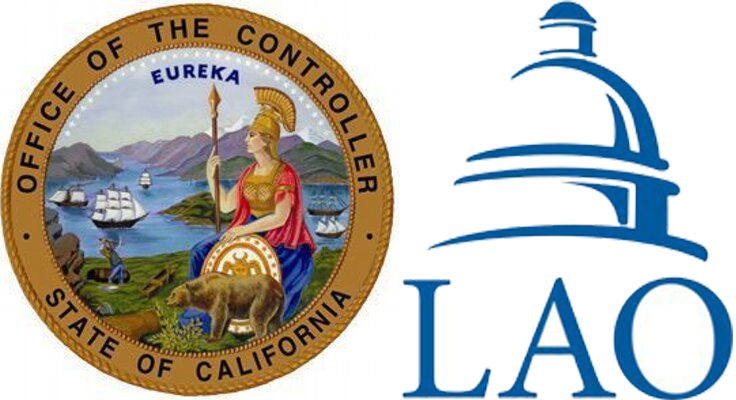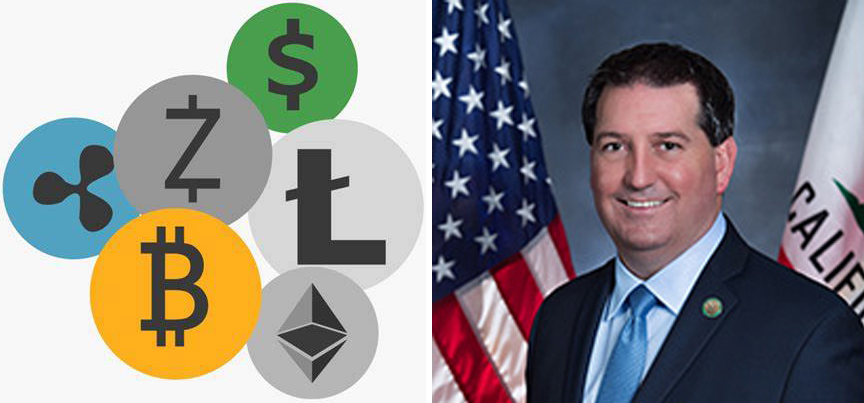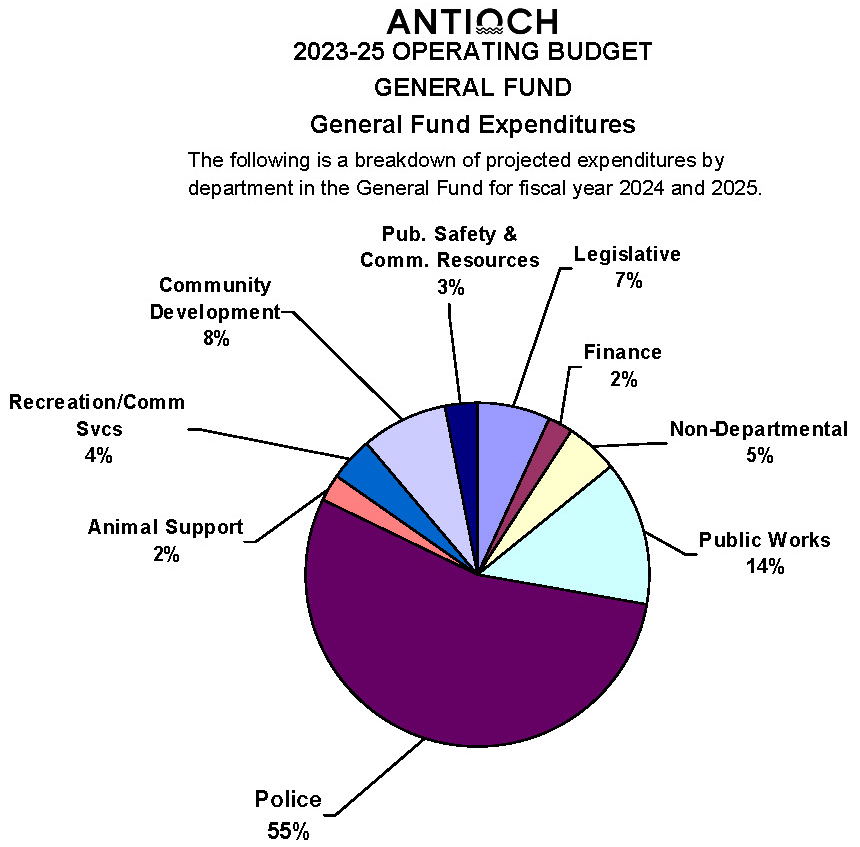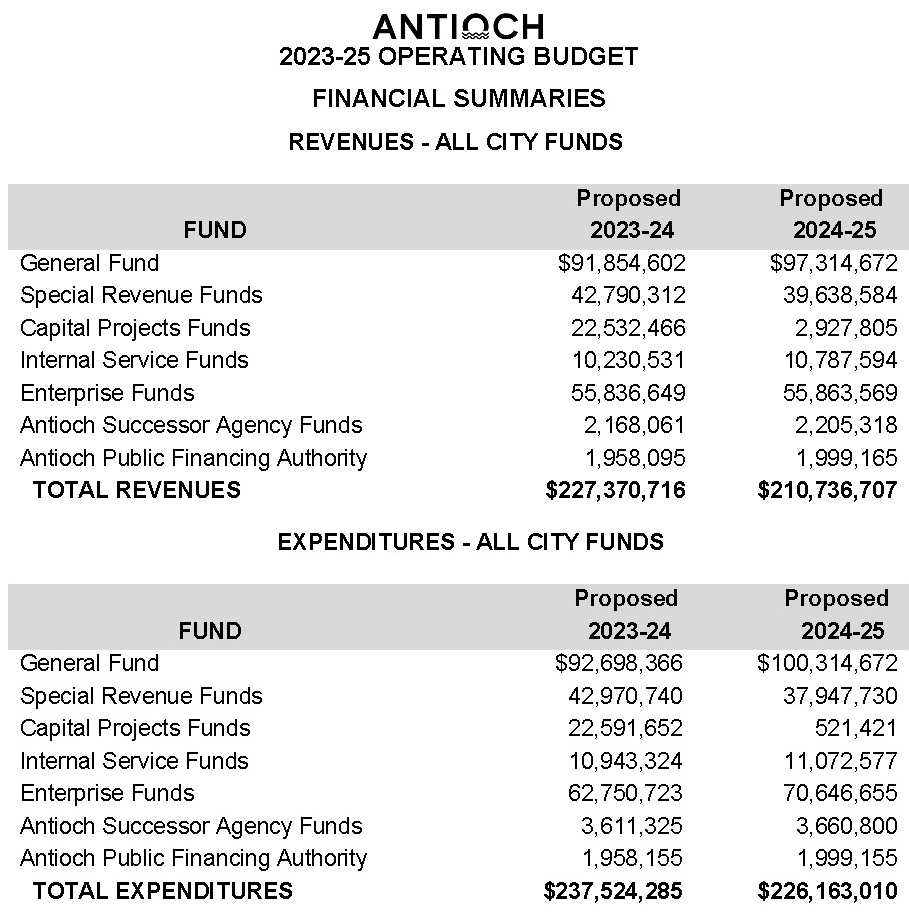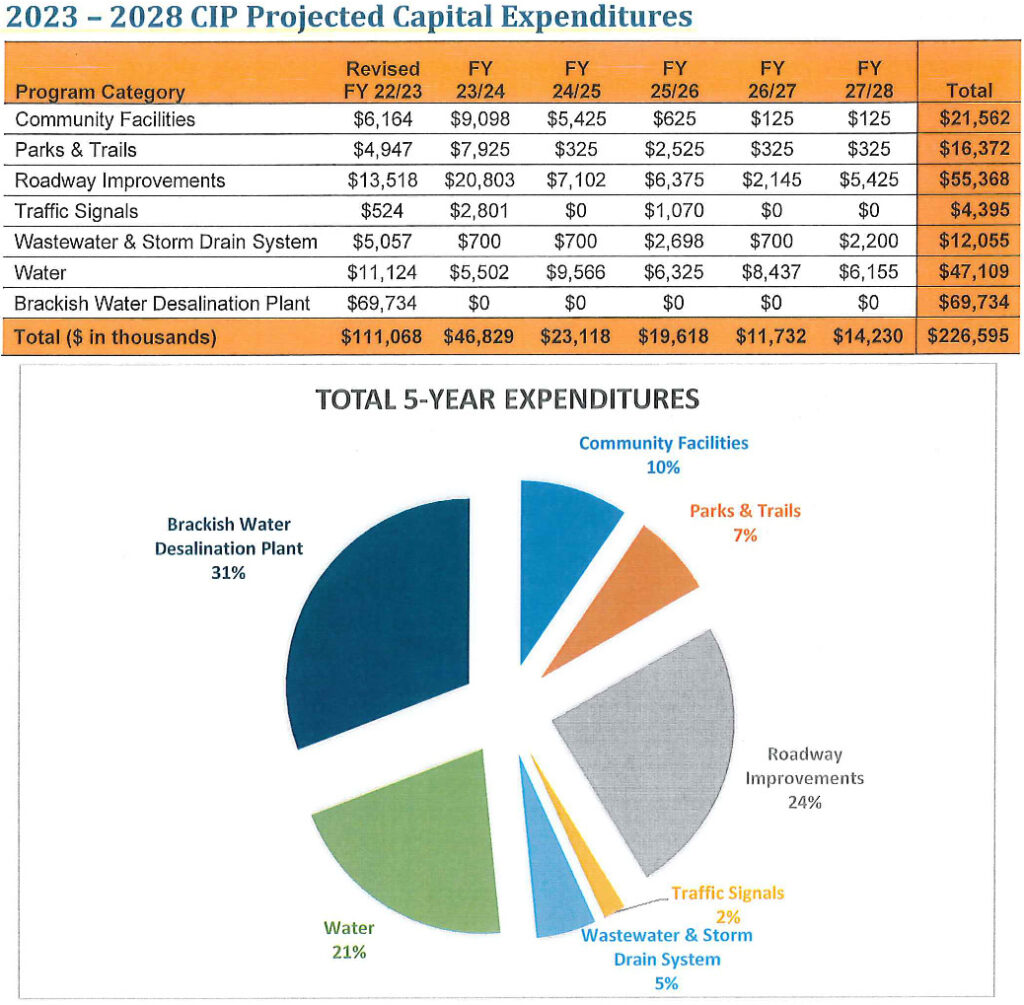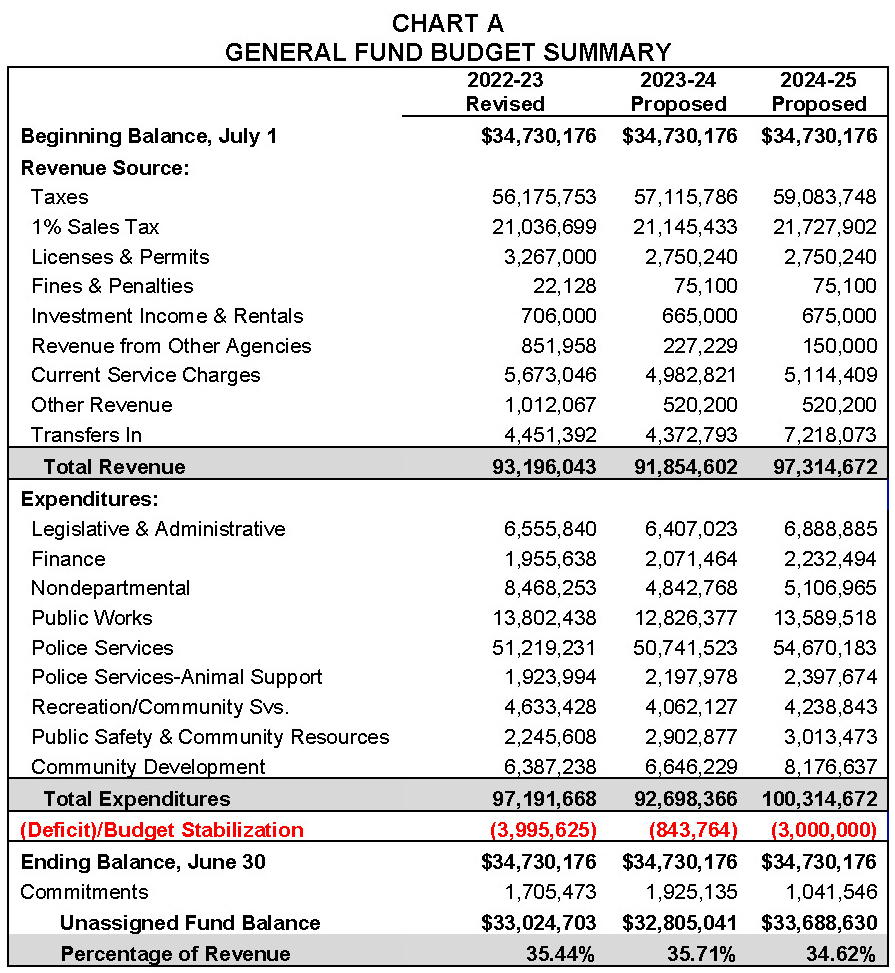Opinion: Will California’s budget woes impact tax reform?
Wednesday, December 20th, 2023
By Jon Coupal, President, Howard Jarvis Taxpayers Association
The Taxpayer Protection and Government Accountability Act (TPA) is a proposed constitutional amendment which has already qualified for the November 2024 ballot. It is sponsored by taxpayer and business organizations to restore key provisions of Proposition 13 and other pro-taxpayer laws that give voters more control over when and how new tax revenue is raised.
Although TPA, unlike previous tax reform measures, doesn’t reduce or eliminate any state or local tax, it does impose both enhanced voter approval requirements for fee and tax increases as well as robust accountability and transparency provisions.
For obvious reasons, tax-and-spend interests hate TPA and have launched a multi-front assault hoping to either defeat it or keep it off the ballot entirely.
The motivation for these schemes is that politicians and their enablers are fully aware that TPA is highly likely to pass if it stays on the ballot. Californians are sick and tired of having the nation’s highest tax rates jammed down their throats, especially when these heavy tax burdens are not accompanied by higher levels of public services; in fact, the opposite is true, as evidenced by California’s high cost of living, crime, homelessness, hostile business climate, and other ills.
But now, there may be another reason why anti-taxpayer interests are waging this war on TPA. A recent report by the California Legislative Analyst’s office threw a bucket of cold water on progressives’ plans to continue to increase taxes with virtually no restraint. The LAO now estimates “2022-23 revenues to be $26 billion below Budget Act projections. Historical experience suggests this weakness is likely to carry into this fiscal year and next. Overall, our updated revenue outlook anticipates collections to come in $58 billion below Budget Act projections across 2022-23 to 2024-25.” (Note that in less than a week after this news, the LAO upped the shortfall from $58 billion to $68 billion).
If there is any saving grace to the current financial situation it is that California still has substantial budget reserves. That, plus some creative accounting, can probably blunt the negative impacts of a severe drop in revenues – at least for a while.
Nonetheless, if California’s tax revenue spigot is curtailed any significant amount, will the enemies of the Taxpayer Protection Act argue that this provides another justification for removing all restraints on raising taxes?
Economic growth in Texas and Florida is outpacing that in California, due in part to a top marginal income tax rate of zero. What is happening in other smaller states is less well known. The smart move would be to follow the lead of other states which are aggressively pursuing pro-growth strategies which in turn lead to more tax revenue.
Take Iowa for example. Defying critics who claimed that tax reductions would crush the state budget, Iowa’s Governor Kim Reynolds slashed top marginal tax rates, previously some of the highest in the nation. Not only did revenues not crash, but they shot up by huge percentage points. According to a report in Center Square, “Iowa led the ‘tax-cutting wave’ in 2022, with the most comprehensive and aggressive tax reform in the United States. This will gradually replace the nine-bracket, progressive income tax with a flat tax, bringing the top rate, which was close to 9 percent, down to a flat 3.9 percent by 2026.”
Other states have provided California with a roadmap for economic growth and healthy budgets by cutting taxes and pursuing other pro-freedom policies. However, the political realities in this one-party state – governed by hardcore progressives – render the odds of politicians even looking at the roadmap extremely slight.
That being said, if the Governor and the Legislature won’t do what’s necessary to prevent a budget disaster, the least they can do is get out of the way of those who have offered the Taxpayer Protection Act to the voters so that ordinary citizens can do what politicians won’t: impose fiscal discipline on a fiscally reckless state.
This column originally appeared in the Orange County Register. Republished with permission.








